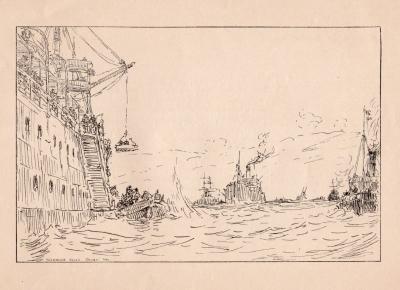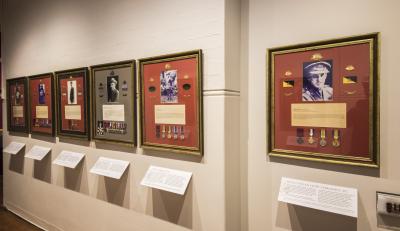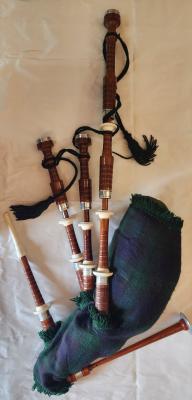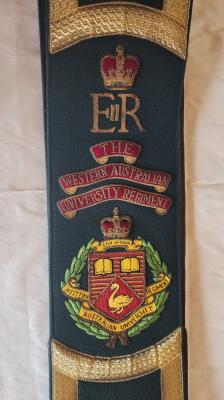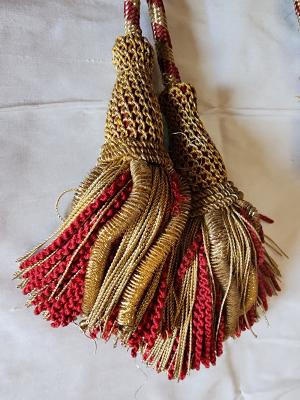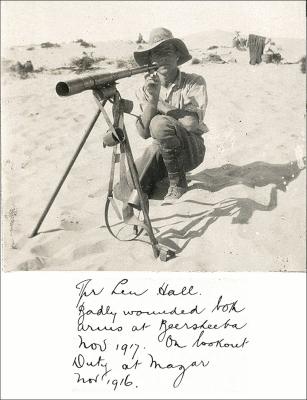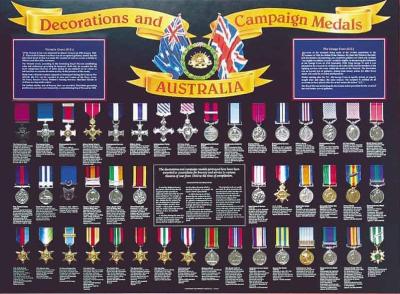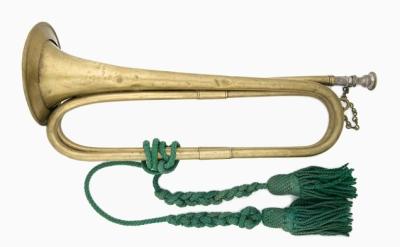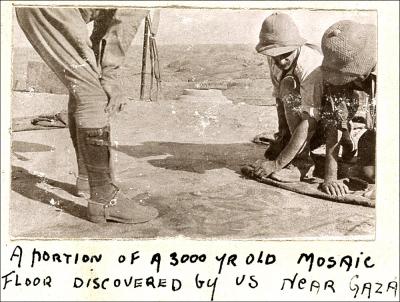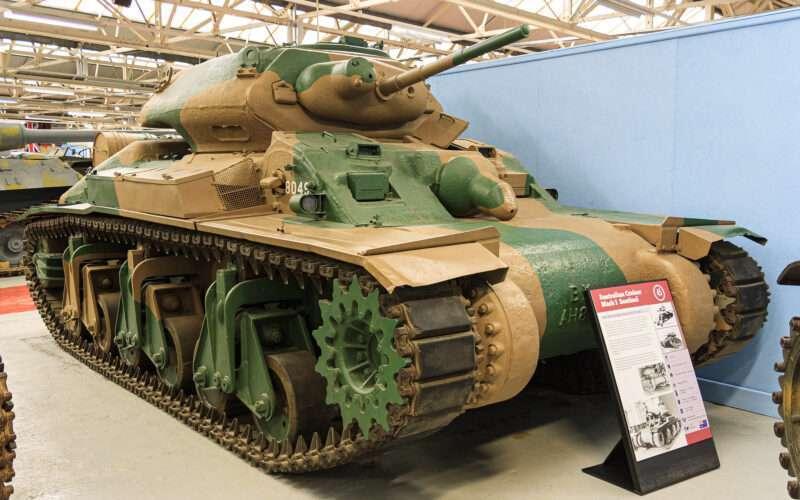Technology Model - Australian AC1 Sentinel Tank 1942
Handcrafted model of Australian AC1 Sentinel Tank
The AC1 Sentinel was a cruiser tank designed in Australia in World War II in response to the war in Europe, and to the threat of Japan expanding the war to the Pacific or even a feared Japanese invasion of Australia. It was the first tank to be built with a hull cast as a single piece, and the only tank to be produced in quantity in Australia. The few Sentinels that were built never saw action as Australia's armoured divisions had been equipped by that time with British and American tanks.
When design work began in November 1940, the AC1 was originally intended to be a 2 pounder gun-equipped vehicle, a true Cruiser tank,[3] with a weight of between 16 and 20 tonnes.[4] Due to a lack of home grown experience in tank design, a mission was sent to the US to examine the M3 Like the Canadian Ram, the Australian Cruiser was to be based on the engine, drive train, and lower hull of the American M3 Medium tank, mated to an upper hull and turret built closely along the lines of a British Crusader. By 1942, attempting to keep pace with German tank developments, the design specification had become more like an American medium tank, resulting in a heavier design and a higher silhouette profile.
The Australian Cruiser tank Mark 1 (AC1) was designated "Sentinel" in February 1942. Manufactured by the New South Wales Railway Company, fabrication took place at Sydney's Chullora Tank Assembly Shops with serial production vehicles emerging in August 1942,. The hull was cast as a single piece, as was the turret; a technique not used on the hull of any other tanks of the era.
The Sentinel was designed to mount either a QF 2 pounder or a QF 6 pdr However, as the production order for 6 pounder tank guns had not been acted on, none of these were available and the first 65 tanks were built with the 2 pounder. Two Vickers machine guns were carried as secondary armament, one in the hull and a second mounted coaxially beside the main gun. The preferred engines suitable to power a 28 tonne tank, a Pratt & Whitney Wasp single row petrol radial, or a Guiberson diesel radial, were not available within Australia, so the Sentinel was powered by the combined output of three Cadillac V8 engines – petrol car engines with a displacement of 346 cu in (5.7 L) each. The three engines were installed in a clover-leaf configuration (two engines side-by-side to the front and a single to the rear) with all feeding power to a common gearbox.
Sixty-five production vehicles had been completed by June 1943. The completed Sentinel tanks were used for evaluation purposes only and were not issued to operational armoured units. The Australian Cruiser tank programme was terminated in July 1943 as it was thought better for Australia to put the effort spent on the AC tanks towards building her own railway locomotives and supporting the large number of US tanks due to arrive.
Details
Details
The tanks that had been produced were placed in storage until the end of the war. In 1943, the 3rd Army Tank Battalion was equipped with a squadron of AC1 tanks that had been modified to resemble German tanks. These tanks were used in the filming of the movie The Rats of Tobruk. This appears to have been the only time a squadron of Sentinels was used for any purpose.
An example of the AC1 Sentinel may be found at the Australian Armour and Artillery Museum a privately owned museum dedicated to tanks, armoured vehicles and artillery from the Second World War and post war periods. It was officially opened in 2014, in Cairns, Queensland, Australia.
The models in this collection were crafted from scratch by Mr Tom Runeckles. They were periodically displayed at the Museum before their eventual donation as part of the Mobility and Firepower story.
Australian Army Museum of Western Australia
Australian Army Museum of Western Australia
More items like this
Other items from Australian Army Museum of Western Australia
- World War 1, South-West Asia, Turkiye, Gallipoli, SILAS, "Crusading at Anzac"
- Medals - Victoria Cross Hall of Valour
- Great Highland Bagpipes
- Uniforms and Regalia - Colour Belt West Australian University Regiment
- Uniforms and Regalia - Regimental Colour Cords - Western Australian University Regiment
- World war 2, Honour Roll - E Company, 2/4 Machine Gun Battalion
- Honour Board - Heavy Anti-Aircraft Troop 455, GUY, 1945
- World War 1, South West Asia, Sinai, Bir al Mazar, 52 HALL, 10 Light Horse, 1916
- Medals - Combined Display of Imperial Honours and Awards
- World War 1, South-West Asia, Egypt, Suez Canal, 10 Light Horse, 1915
- Australian Army Trumpet
- World War 1, South-West Asia, Sinai, Shellal Mosaic Discovery, 10 Light Horse, 1917
